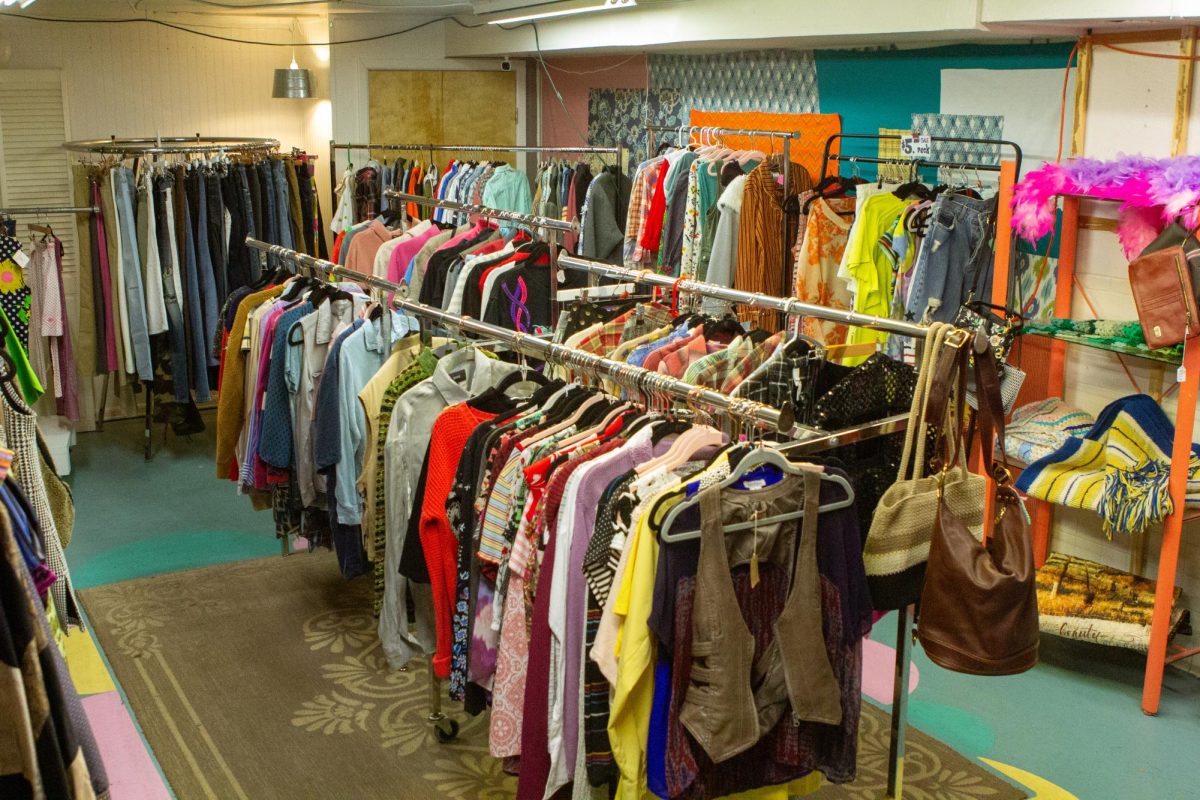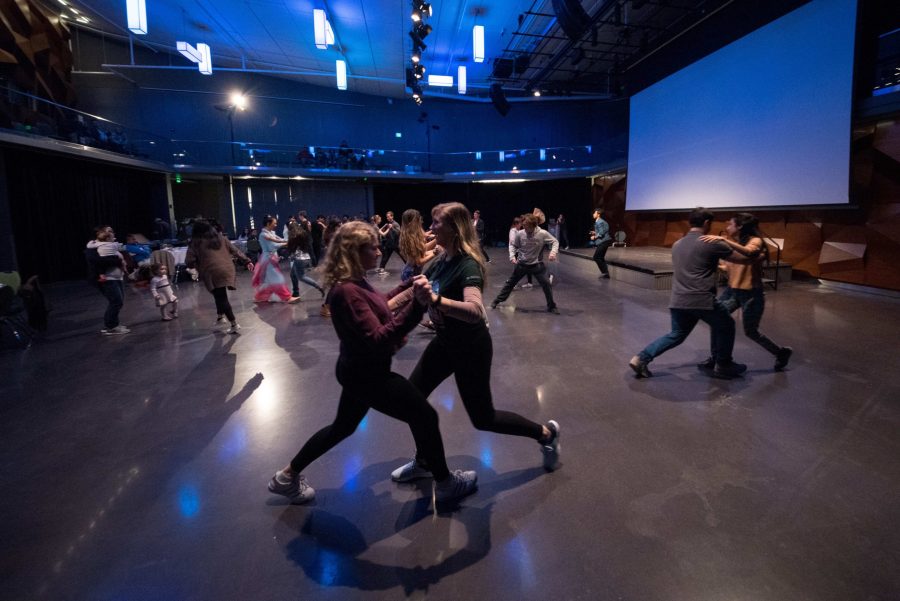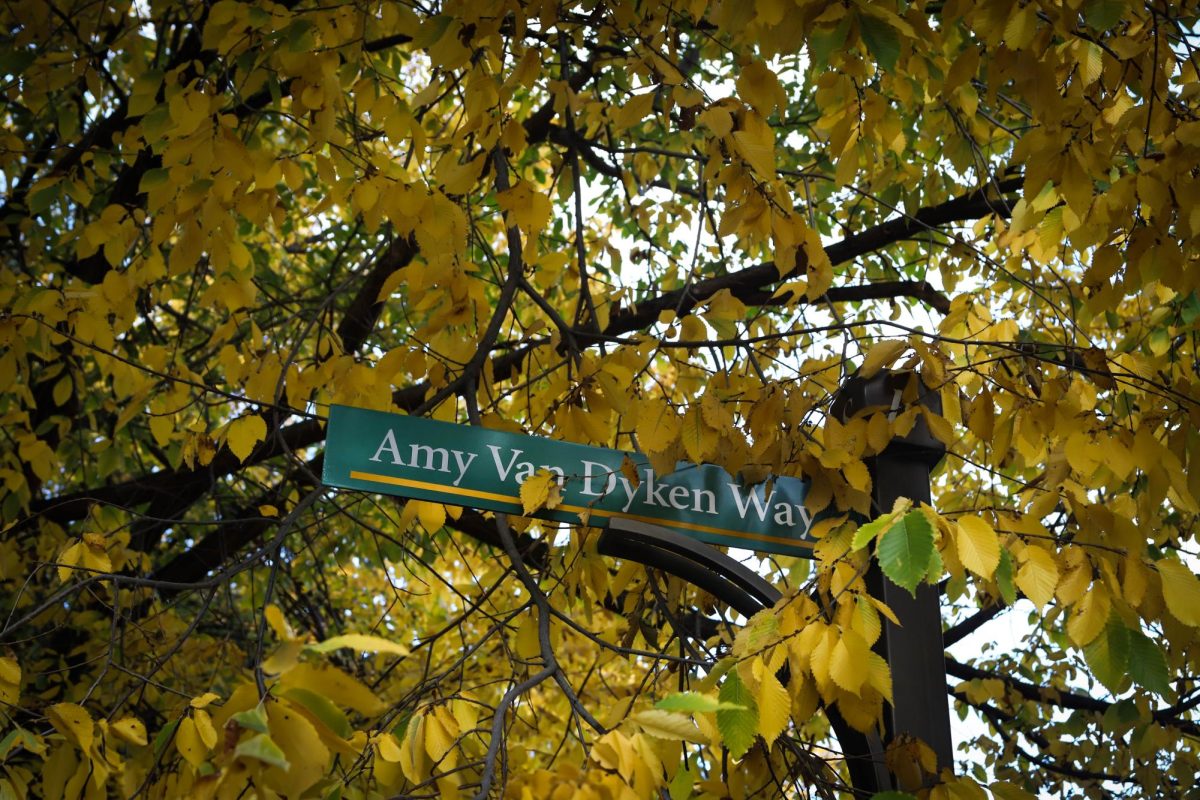It’s close to midnight on a day like any other, as you find yourself walking through the university apartments west of campus. You pass a window and get a sneak peek to the inside: There’s a group of people gathered around a table with a little pot in the middle. There is food all around it, and you can even smell the faintest trace of exotic smells as you try figuring out what the occasion is for such a vivid and warm reunion. You also hear music that’s not in a language you recognize, but it has a popular sound to it. Nevertheless, you turn your head and continue your walk towards your destination.
Even though it may not always be seen, this is the case for many international students at Colorado State University. As we go through our ordinary days, some of those students bring a piece of their homes and families to celebrate the most meaningful aspects of their culture. Traditions and festivals all around the world that sometimes go unnoticed by us, are celebrated in the most singular and creative ways international students can think of to feel more at home in a not–so–familiar place.
At CSU, sometimes it is difficult to find other people that share one’s specific cultural background, ethnicity and nationality given the diversity in campus students. Irl Paulalengan, a sophomore student from Indonesia who moved to the United Stated at age 14, shares one of the many ways the international community goes about this. “A couple of us international students from different nationalities, like Indian and Chinese, get together and celebrate the biggest tradition we have in common: Chinese New Year,” Paulalengan says. “We always celebrate it and it’s quite different from how Chinese people do it.”
The Lunar New Year is typically celebrated between January and February, depending on the day it falls on the lunar calendar, and is perhaps one of the biggest celebrations in all of Asia. Paulalengan explains that the day of the festival begins with a thorough cleaning session of the home where the celebration will take place, as they don’t want to sweep out the luck when the Lunar New Year comes. Throughout the day, they ask for blessings from others and to welcome the occasion as they reconnect.

When it’s time to eat dinner, Paulalengan and her friends set up the traditional hotpot in the middle of the table. The hotpot is a pot of boiling hot broth seasoned with spices and vegetables of their choosing, like ginger and mushrooms.
“This definitely means so much because even my friends tell me we never do this in the U.S.,” Paulalengan says. “We are creating this new tradition as young people since we don’t follow the traditions our parents do,….So, I think that has been really cool to realize this, like, Oh! These are my roots; this is where I come from.”
However, more centralized cultural events also exist at CSU, as is the case with “India Night.” Shweta Haran, a graduate student from Southern India and former Director of Finance of the Indian Student Association, describes this specific event as a celebration of India itself and all of its traditions and diverse culture. Anyone can come to “India Night” and experience all of the local dances, music and food, such as samosas, centered around India. Indian students typically wear their regional attire and celebrate along with members of many other nationalities.
This event is organized by the Indian Student Association, and its objective is to display the full extent of Indian Culture. The celebration begins with traditional aspects of India, where students dance to traditional Indian music. As the evening progresses the ambient changes as Bollywood music and dances take place. The students even organize a fashion show to display their dresses.
“‘India Night” is a celebration of India and Indian culture,” explains Haran. “India is a very diversified country, we have lots of different cultures, languages, traditions and religions. So, we come together and unify for this one night to celebrate our

culture and at the same time show the people of Fort Collins what that culture is.”
Similar to Paulalengan with her friends and Haran with the ISA, there are several other international students that are rebranding the traditions they bring with them to their new home at CSU. As of spring 2021, according to International Student and Scholar Services (ISSS), our campus is home to around 1,470 international students. Most of these students are from China and India, but all of them are trying to connect, not only with the life they left behind, but also with other people that have been through the same circumstances. They want to form a community and acquire a sentiment of belonging.
The ISSS ensures that all international students, along with the 106 countries they represent here in the U.S., never go unnoticed as they undergo a difficult transition to a new culture and a new environment. The ISSS organizes cultural nights every semester, football 101 classes for international students, mountain weekends at the CSU Mountain Campus and perhaps the biggest of them all, The World Unity Fair.
Both foreign and domestic students come together at the fair with one goal in mind: to know a little more about each other. “We want to make sure that domestic students are familiar with our international community,” explains Mary Swing, ISSS Programming Coordinator. “We want to connect them so they have a world perspective.”
International students from all around the world take this opportunity to share about their home country and their local traditions, in hopes to start building traditions of their own, share them with others and keep home close to them even from thousands of miles away.




































